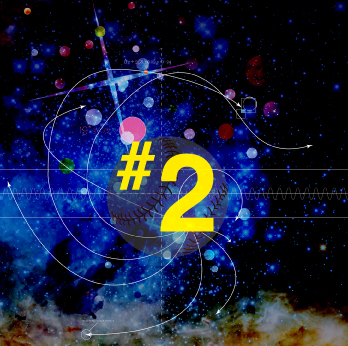
“You Can Observe A Lot By Watching” – Yogi Berra
Following Yogi’s advice, Professor Emeritus of Physics at the University of Illinois Alan Nathan will use high-speed video clips to highlight some of the interesting physics underlying the game of baseball. The talk will focus on the subtleties of the baseball-bat collision, the intricacies of the flight of a baseball, and many other things. Continue reading “The Physics of Baseball: “You Can Observe A Lot By Watching””

UChicago Science on the Screen
Your middle ear comes from the jawbone of a prehistoric fish. Your skin and hair can be traced to a shrew-like mammal that lived around 195 million years ago. As for your bad back — well, you can thank your primate ancestors for that. How did the human body become the complicated, quirky and amazing machine it is today?
Continue reading “Your Inner Fish”

Blame for the Great Recession and America’s halting recovery has been attributed to many factors. But according to a new book, a major culprit has gone unnamed: the United States’ decline in the race for global innovation advantage. A complacent and politically polarized America is fated for a slow, painful transition into a “Rust Nation,” they warn, unless our leaders can muster the will to act.
Continue reading “Investing in Innovation for the Future: Science and Technology”

Music surrounds us — but why does this art form take such a dominant role in our lives? What happens in our mind when we hear music and how does it effect our emotions? Even with passive listening to music, specific parts of the brain can show activation or increased “neural” activity. What is it about music that can so dramatically affect brain activity? Continue reading “Music and the Brain”





